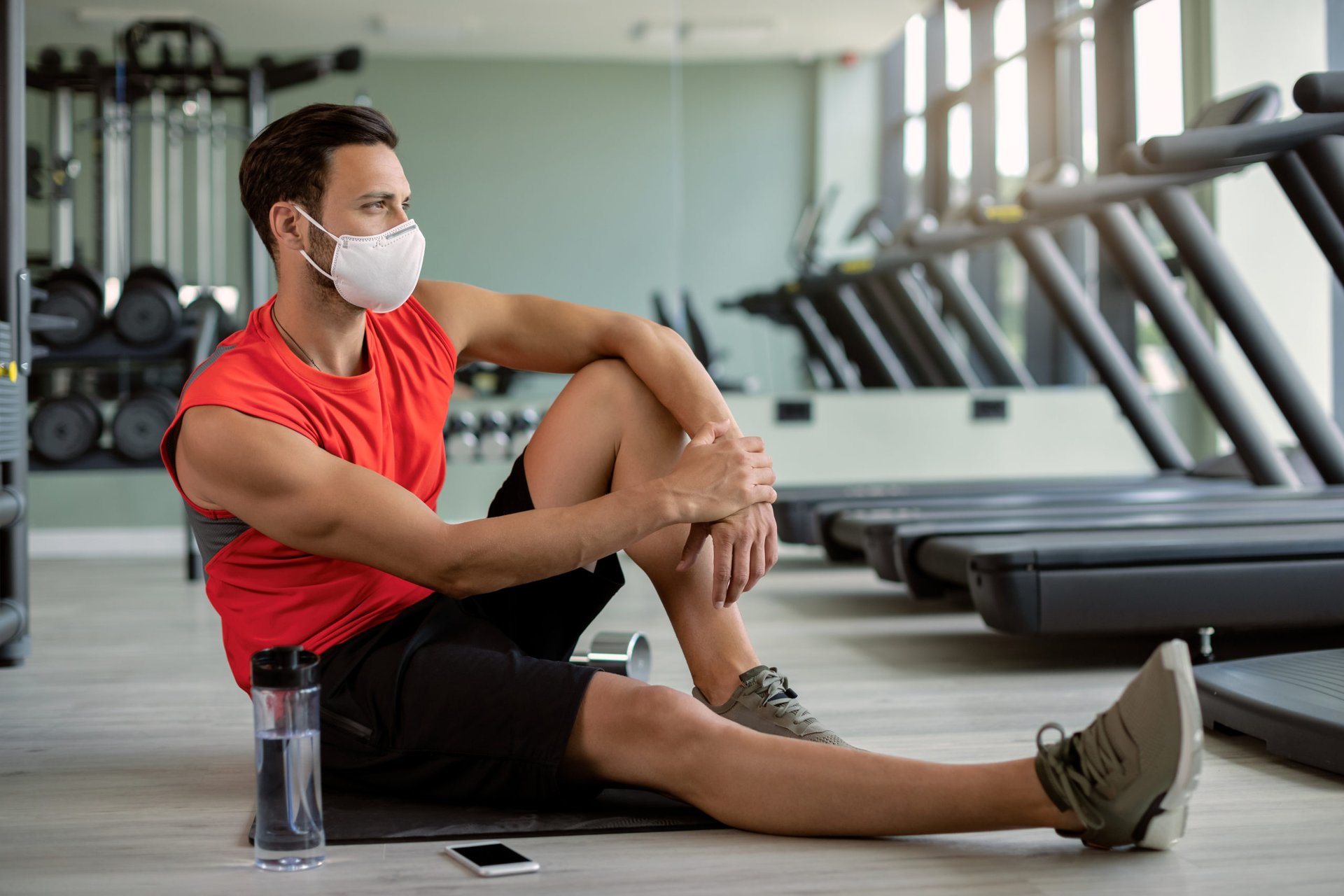
Regular exercise is one of the best ways to tune up your immune system so it can fight the coronavirus. But can working out in a gym actually increase your odds of infection?
Many experts believe so, thanks to the germs that travel when people are huffing and puffing their way through an exercise routine.
These health pros suggest reducing or avoiding indoor exercise. For example, the Centers for Disease Control and Prevention urges people to try to schedule intense exercise outdoors and to limit indoor workouts to situations where social distancing is possible.
Other experts go further. As Dr. Brooks Gump, an epidemiologist and professor of public health at Syracuse University, tells CNBC: “Indoor exercise is not wise.”
With summer winding down and winter just over the horizon, the window may be closing on opportunities to exercise outdoors, particularly in northern climes.
So, if you must engage in indoor exercise, the CDC recommends taking certain steps to protect yourself, including:
Maintain 6 feet of distance from other gym patrons
As we all know, maintaining an appropriate social distance is key to staying healthy. So, keep at least 6 feet of distance from others who are exercising.
Wear masks when possible
Cover your face with a mask whenever it is feasible to do so. While this might not be possible during high-intensity exercise, you should wear a mask during low-intensity activities such walking on an indoor track, stretching or performing yoga, the CDC says.
Regularly wipe down equipment
Wipe down equipment with a disinfectant both before and after you use a machine. The CDC also suggests using hand sanitizer that is at least 60% alcohol before you use a machine.
Avoid using some types of equipment
You should not share equipment that cannot be easily sanitized. The CDC says this includes resistance bands and weightlifting belts.
Limit activity in indoor group exercise
Joining an exercise class increases your risk of infection. If you attend such a class, try to keep as much distance as possible from others, and wear a mask if you can. Gym staff can help the situation by opening windows.
Avoid physical contact
Shaking hands is an obvious no-no everywhere these days. But also avoid high-fives, elbow bumps or other forms of touching.
Wash your hands before touching your face
If you need to adjust your mask, wash your hands first. Also, wash your hands thoroughly once your workout is complete. For tips on doing this correctly, check out “Beware These 7 Hand-Washing Mistakes.”





Add a Comment
Our Policy: We welcome relevant and respectful comments in order to foster healthy and informative discussions. All other comments may be removed. Comments with links are automatically held for moderation.